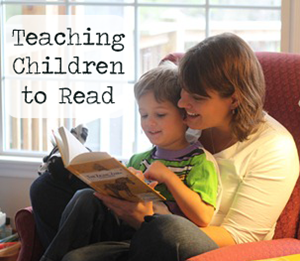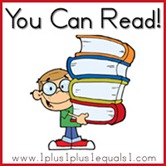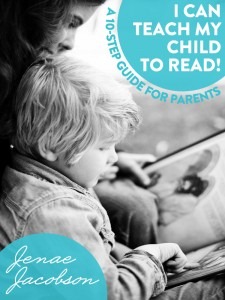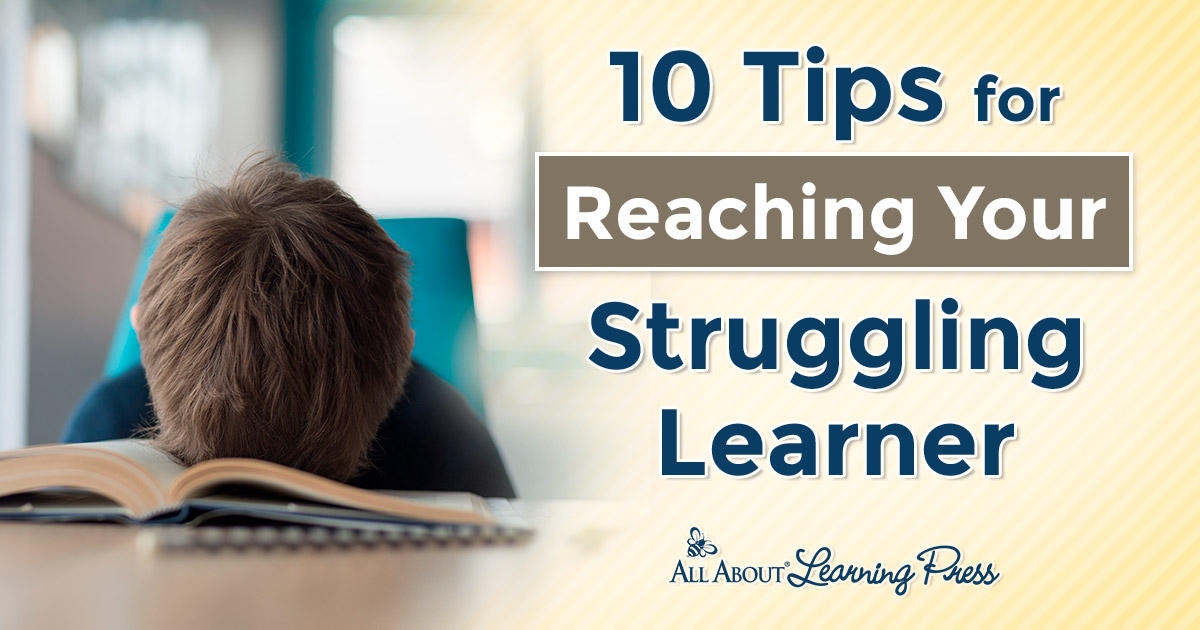- Like
- Digg
- Del
- Tumblr
- VKontakte
- Buffer
- Love This
- Odnoklassniki
- Meneame
- Blogger
- Amazon
- Yahoo Mail
- Gmail
- AOL
- Newsvine
- HackerNews
- Evernote
- MySpace
- Mail.ru
- Viadeo
- Line
- Comments
- Yummly
- SMS
- Viber
- Telegram
- Subscribe
- Skype
- Facebook Messenger
- Kakao
- LiveJournal
- Yammer
- Edgar
- Fintel
- Mix
- Instapaper
- Copy Link

Several times a week I get emails from readers asking about tools for teaching children to read. With our oldest two children we didn’t use a set program, although we did work on spelling rules {using All About Spelling} and that set a fabulous foundation for both of them.
Our boys, however, have been a different story – more hesitant in their reading. Different teaching methods were needed as well as a more hands-on approach than our girls had needed. To say there were moments of frustration for me would be an understatement.
All About Reading
When All About Reading released their Pre1 reading program, we began using it and are now working through the levels with our boys. We have loved it as a step-by-step program for teaching children to read.
As a mom {and the teacher}, I love the hands-on approach to teaching reading and the pre-planned lessons that walk you through the reading process with your child. We’ve used all three levels that have been released and I really can’t say enough wonderful things about All About Reading. If you’d like to learn more about the program, you can read my reviews on All About Reading here.
Even though our family uses {and recommends} All About Reading, there are some other fabulous bloggers who have put together some reading programs and guides for parents and I wanted to share them with you as well.
You Can Read!

You Can Read is a sight word program for younger readers created by my wonderful friend Carisa from 1+1+1=1. The printables in You Can Read are based on the Dolch Pre Primer & Primer Sight Word lists, as well as a few I added in, for a total of 72 words. It is geared toward children ages 4-6 {Kindergarten age} and includes 18 units for you to use with your child.
I Can Teach My Child to Read!
Recently, Jenae from I Can Teach My Child has a book that she recently released called I Can Teach My Child to Read that is an ebook specifically for moms. This ebook walks you through the basic fundamentals of teaching your child to read and you will walk away from the book with things you can do right away with your child – a great resource for $3.99!
Those are just a few resources that I wanted to share with you all – do you have a book or resource that has been a help to you in teaching your children to read? Leave a comment and share!











 The printables shared on this site are FREE of charge unless otherwise noted, and you are welcome to download them for your personal and/or classroom use only. However, free or purchased printables are NOT to be reproduced, hosted, sold, shared, or stored on any other website or electronic retrieval system (such as Scribd or Google docs). My printables are copyright protected and I appreciate your help in keeping them that way.
If you download and use some of my printables and then blog about them, please provide a link back to my blog and let me know - I'd love to see how you are using them! Please be sure to link to the blog post or web page and not directly to the file itself. Thank you!
The printables shared on this site are FREE of charge unless otherwise noted, and you are welcome to download them for your personal and/or classroom use only. However, free or purchased printables are NOT to be reproduced, hosted, sold, shared, or stored on any other website or electronic retrieval system (such as Scribd or Google docs). My printables are copyright protected and I appreciate your help in keeping them that way.
If you download and use some of my printables and then blog about them, please provide a link back to my blog and let me know - I'd love to see how you are using them! Please be sure to link to the blog post or web page and not directly to the file itself. Thank you!
We have used “The Ordinary Parents Guide to Teaching Reading” written by Jessie Wise (Well-Trained Mind) and have LOVED it. It’s very step-by-step and pretty bare bones. You don’t need lots of extra supplies and can go back and review previous lessons easily. We began using it when our son was 5 1/2. He’s a young 7 now and we’re almost finished. And, he’s reading well. That’s the best review possible.
Having said that, I’ve looked at All About Reading and think it looks like a great program for kids as well. The hands-one features look great for a kid who needs them. We used a few of the manipulatives, but for my son, they were a distraction. :) Ah well.
I haven’t used that one personally, but that is another great suggestion! Thanks, Jaime!
I have also used “The Ordinary Parents Guide” with my 2 girls. Both are now reading above grade level. We did supplement with Progressive Phonics (available free online) and BOB books to make it a little more fun and visually stimulating.
I started with 100 Easy Lessons…. but realized it wasn’t the best fit for us. We have used The Ordinary Parents Guide the most with the best results… 3 readers, so far:) It’s simple, but we add in extra hands-on games or review when we need to. There are simple activities included!
That being said, I used Carissa’s You Can Read with my 4/5 yr old! I LOVED it and wished I would have had it for my son!! My daughter has caught onto reading a lot faster than my son… some of it is probably gender… but the other might also be her exposure and work with sight words using Carissa’s You Can Read!
Another thing I have found helpful is finding non-fiction books about bugs, trucks, dinosaurs, etc that my rising boy reader can practice reading with me. He tends to favor non-fiction books or really great stories more than just the little commercial early readers! And when reading is fun for the kid… it’s fun for the Mom, too;)
Thanks for sharing, Kelly! :)
We have used the book Teach Your Child to Read in 100 Easy Lessons, which is a phonics based program. I used it with my son starting when he was 3 1/2 and now he is six and reads at a third grade reading level. I felt like it was a great beginner program but it isn’t for every child. I am realizing that now as we have started teaching our daughter who is almost 4. She likes 100 Easy Lessons but is not as willing to sit down for 20 minutes and do something like her brother was at the same age. Maybe a hands on learner? The thing I try to remember is that one program won’t be perfect for every person or family and so it is really important to evaluate what your child needs, what you are looking for as the teacher and to go from there.
I think recognizing the learning differences in children is so key!! Our kids are all such different learners. Overall, I usually prefer a phonics-based program so I tend to go that route, but we need to pay attention to how our children learn best. :)
We have used and loved Reading Eggs. It’s an online reading programme which you pay an annual subscription for. They have a few apps, but its not yet compatable for iPad. However, very worth it. My son never liked the standard early reading books much either, so I followed what he was learning from the Reading Eggs and made my own reading sheets for him. Short stories or non-fiction stuff. What he was interested in or things he had done. The Reading Eggs also covers spelling, comprehension, sight words and story writing using fun games and short tests. Then, when they’ve completed that(usually around age 7) they can move onto the next level with over 1000 ebooks, comprehension quizzes, spelling challenges and more.
Jolanthe, do you use all about spelling and all about reading together or would that be too much overlap? My son is ready for reading level 1, but wasn’t sure if we should be doing the spelling too.
We haven’t started AAS level 1 yet with Kaleb, but will be soon. AAS and AAR both use the same sequence and the same phonograms. Both are complete phonics programs, so they are interrelated in that way. AAS teaches words from the spelling angle, and AAR teaches words from the reading angle.
All About Reading includes decoding skills, fluency, comprehension, vocabulary and lots and lots of reading practice. It will use letter tiles just like AAS does. AAS focuses instead on encoding skills, spelling rules and other strategies that help children become good spellers.
Kids generally move ahead more quickly in reading, and we don’t want to hold them back with the spelling. Marie recommends completing All About Reading Level 1 first, and then adding in the Spelling program. This way students get a solid start in reading first, and have a strong basis for spelling as well.
here’s how I taught my 4yo to read http://juliaandzennan.blogspot.com/2013/10/teaching-your-child-to-read-early.html